 Facebook
Facebook
 X
X
 Instagram
Instagram
 TikTok
TikTok
 Youtube
Youtube
Read about San Diego architecture by Susan Vaughn.
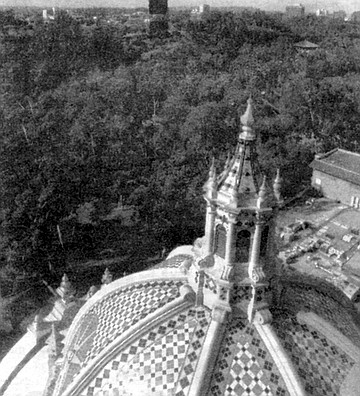
San Diego’s least successful tower aesthetically is Sea World’s 320-foot Skytower. Unlike the 984-foot Eiffel or many other towers throughout the world, where you ascend through the “bones” of the structure to burst out at the top, Skytower is a giant decorative toothpick with a transparent olive that moves up and down. No mystery. No soul. I have no affection for it except during the holidays, when it becomes the world’s largest used-car-lot-style tree of lights.
February 17, 1994 | Read full article

Other buildings in San Diego that will probably gain admission into the Centenarian Hall of Fame are: Irving Gill’s La Jolla Women’s Club, the La Valencia Hotel, Santa Fe Depot, County Administration Building, Mormon Temple, Scripps Clinic (for its homage-to-Wright block patterns), the Convention Center, the Hyatt-Aventine complex, several of our CalTrans bridges and interchanges (they may someday be freeway parks), and the triangular glass brick Wateridge pavilion, just above 805 where it merges with I-5.
April 14, 1994 | Read full article
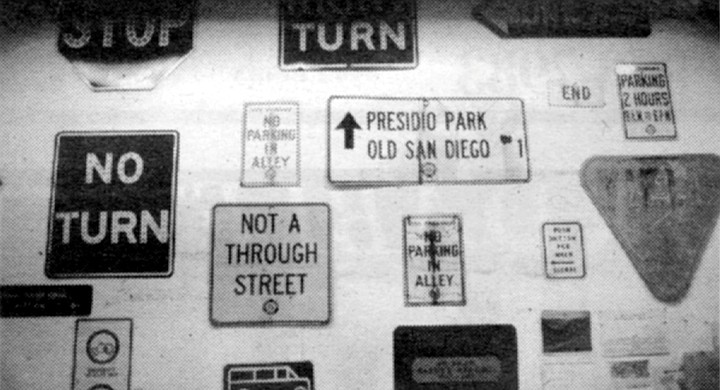
The “chirpers” can be heard guiding those of limited vision at a few potentially confusing downtown intersections (such as Broadway and Third) and up along El Cajon Boulevard near the San Diego Center for the Blind. The bird-call sound is less annoying than other repeated noises and seems pleasant enough (a very boring bird). But listen closely. According to Mark Gould at the center, there’s one set of tones (chirp-chirp) for east/west, another (cuckoo-cuckoo) for north/south.
June 23, 1994 | Read full article
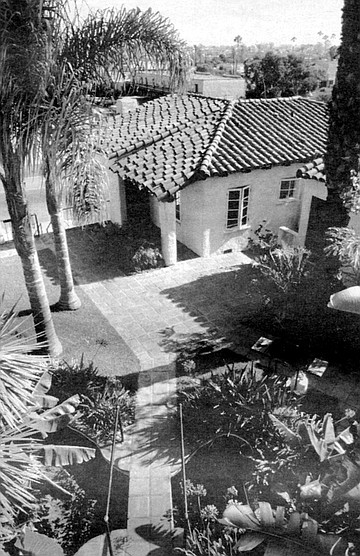
Most bungalow courts were built along or near the old streetcar lines of Adams Avenue, Fifth Avenue, 30th Street, and University Avenue. Over 200 examples can still be seen today on a drive through the city. One favorite of bungalow historians is on Robinson Avenue one block east of Cabrillo Freeway (163). The greatest density of existing courts is in the area bounded by Park Boulevard, Adams Avenue, Interstate 805, and University Avenue.
July 28, 1994 | Read full article

We drive under the Willows Road overcrossing in Alpine. It appears to be ruler-straight. Bezzone’s index finger scribes a horizontal line near the windshield. “Take this span. That thing had three to four inches of deflection built into it on purpose. Initially it had a pretty good arch, but it settled down to the grade we want. We have classic examples where our estimate of deflection — we took in all the considerations—didn’t turn out at all.”
Sept. 15, 1994 | Read full article
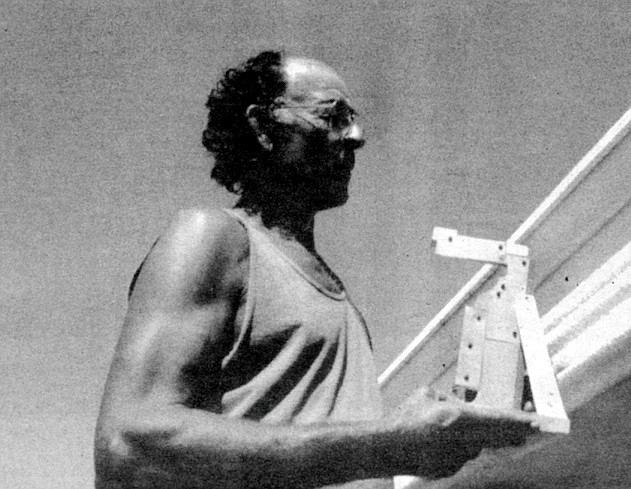
Cunningham’s opinions on stucco range from passion — over buildings like the San Diego Museum of Fine Art in Balboa Park, “all the old theaters,” and Requa’s A.H. Sweet House at 435 West Spruce Street, Bankers Hill (private) — to disgust over downtown’s “bad-stucco skyscraper,” Symphony Towers. “Requa believed in simplicity and a crescendo of ornament,” said Cunningham. “Whereas with Gill, everything was down, down, down, less, less, less…. Done wrong, ornament is like architectural breast implants.”
Dec. 1, 1994 | Read full article
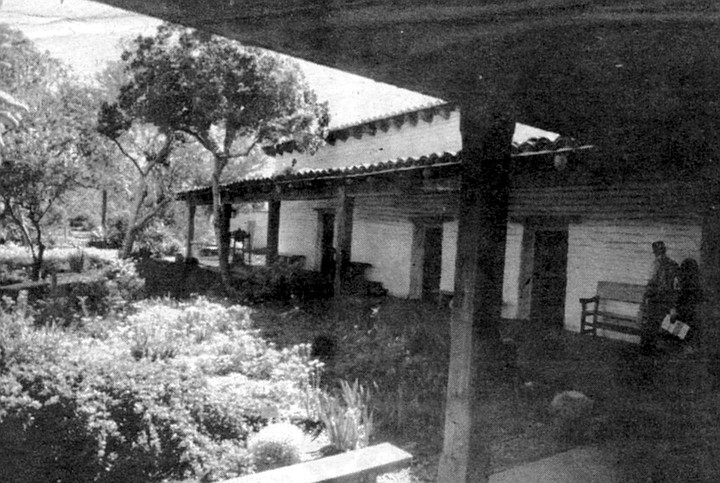
May grew up in San Diego admiring Casa de Estudillo in Old Town, one of California’s finest early houses, and was even related to the Estudillo family through an aunt. He was a frequent visitor to ranchos Las Flores and Margarita on what is now Camp Pendleton. One of his best houses, a private residence, can be seen at 2400 Presidio Drive above Old Town. In all, he built about 50 houses in the county.
March 2, 1995 | Read full article

Forester takes most pride in the “honesty” of early Jack In The Box designs. “There was nothing fake [in the sense that] we never tried to make it look like brick or somebody’s mansion. It was a billboard. It had honesty, Today I think that Jack and all the other fast-food restaurants are striving for a look of stability, a sense of belonging, of trying to look legitimate. Instead of looking good, they just look fake.”
March 30, 1995 | Read full article
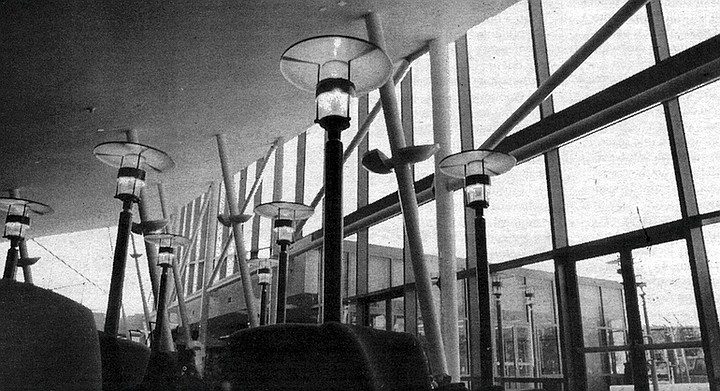
Aside from lighting considerations and materials, Quigley said, “The other thing I learned is that you cannot overestimate the sort of violence these buildings have to endure. How do you create a bullet-proof, prisonlike building from a maintenance point of view that doesn’t have those connotations aesthetically and emotionally? I was just in Chile and Argentina and saw very public buildings, very vulnerable situations, where there is nothing like our kind of abuse.”
May 18, 1995 | Read full article
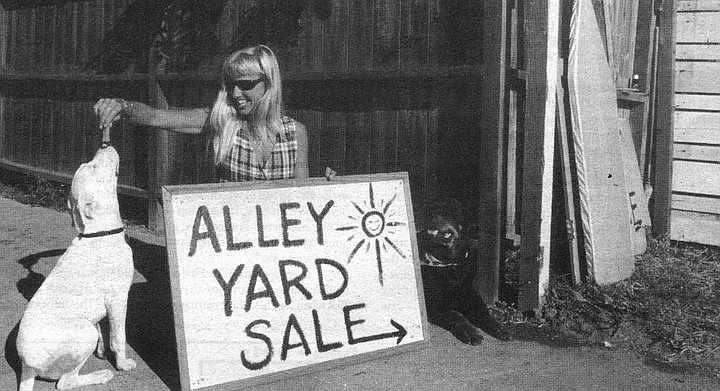
La Jolla historian Pat Schaechlin considers her community’s alleys to be “streetlets.” “Houses were never discarded here, and they’d be moved onto the lanes from other properties as larger houses were built.” Schaechlin’s favorite lane is Elfreths, near the west side of La Jolla High School, at Rushville Street. Unlike its first cousins Drury, Bishops, Bluebird, Dune, Flint, and Roslyn, it’s not on most maps. “It reminds me of New Orleans with its little houses,” she says.
Aug. 17, 1995 | Read full article

Read about San Diego architecture by Susan Vaughn.

San Diego’s least successful tower aesthetically is Sea World’s 320-foot Skytower. Unlike the 984-foot Eiffel or many other towers throughout the world, where you ascend through the “bones” of the structure to burst out at the top, Skytower is a giant decorative toothpick with a transparent olive that moves up and down. No mystery. No soul. I have no affection for it except during the holidays, when it becomes the world’s largest used-car-lot-style tree of lights.
February 17, 1994 | Read full article

Other buildings in San Diego that will probably gain admission into the Centenarian Hall of Fame are: Irving Gill’s La Jolla Women’s Club, the La Valencia Hotel, Santa Fe Depot, County Administration Building, Mormon Temple, Scripps Clinic (for its homage-to-Wright block patterns), the Convention Center, the Hyatt-Aventine complex, several of our CalTrans bridges and interchanges (they may someday be freeway parks), and the triangular glass brick Wateridge pavilion, just above 805 where it merges with I-5.
April 14, 1994 | Read full article

The “chirpers” can be heard guiding those of limited vision at a few potentially confusing downtown intersections (such as Broadway and Third) and up along El Cajon Boulevard near the San Diego Center for the Blind. The bird-call sound is less annoying than other repeated noises and seems pleasant enough (a very boring bird). But listen closely. According to Mark Gould at the center, there’s one set of tones (chirp-chirp) for east/west, another (cuckoo-cuckoo) for north/south.
June 23, 1994 | Read full article

Most bungalow courts were built along or near the old streetcar lines of Adams Avenue, Fifth Avenue, 30th Street, and University Avenue. Over 200 examples can still be seen today on a drive through the city. One favorite of bungalow historians is on Robinson Avenue one block east of Cabrillo Freeway (163). The greatest density of existing courts is in the area bounded by Park Boulevard, Adams Avenue, Interstate 805, and University Avenue.
July 28, 1994 | Read full article

We drive under the Willows Road overcrossing in Alpine. It appears to be ruler-straight. Bezzone’s index finger scribes a horizontal line near the windshield. “Take this span. That thing had three to four inches of deflection built into it on purpose. Initially it had a pretty good arch, but it settled down to the grade we want. We have classic examples where our estimate of deflection — we took in all the considerations—didn’t turn out at all.”
Sept. 15, 1994 | Read full article

Cunningham’s opinions on stucco range from passion — over buildings like the San Diego Museum of Fine Art in Balboa Park, “all the old theaters,” and Requa’s A.H. Sweet House at 435 West Spruce Street, Bankers Hill (private) — to disgust over downtown’s “bad-stucco skyscraper,” Symphony Towers. “Requa believed in simplicity and a crescendo of ornament,” said Cunningham. “Whereas with Gill, everything was down, down, down, less, less, less…. Done wrong, ornament is like architectural breast implants.”
Dec. 1, 1994 | Read full article

May grew up in San Diego admiring Casa de Estudillo in Old Town, one of California’s finest early houses, and was even related to the Estudillo family through an aunt. He was a frequent visitor to ranchos Las Flores and Margarita on what is now Camp Pendleton. One of his best houses, a private residence, can be seen at 2400 Presidio Drive above Old Town. In all, he built about 50 houses in the county.
March 2, 1995 | Read full article

Forester takes most pride in the “honesty” of early Jack In The Box designs. “There was nothing fake [in the sense that] we never tried to make it look like brick or somebody’s mansion. It was a billboard. It had honesty, Today I think that Jack and all the other fast-food restaurants are striving for a look of stability, a sense of belonging, of trying to look legitimate. Instead of looking good, they just look fake.”
March 30, 1995 | Read full article

Aside from lighting considerations and materials, Quigley said, “The other thing I learned is that you cannot overestimate the sort of violence these buildings have to endure. How do you create a bullet-proof, prisonlike building from a maintenance point of view that doesn’t have those connotations aesthetically and emotionally? I was just in Chile and Argentina and saw very public buildings, very vulnerable situations, where there is nothing like our kind of abuse.”
May 18, 1995 | Read full article

La Jolla historian Pat Schaechlin considers her community’s alleys to be “streetlets.” “Houses were never discarded here, and they’d be moved onto the lanes from other properties as larger houses were built.” Schaechlin’s favorite lane is Elfreths, near the west side of La Jolla High School, at Rushville Street. Unlike its first cousins Drury, Bishops, Bluebird, Dune, Flint, and Roslyn, it’s not on most maps. “It reminds me of New Orleans with its little houses,” she says.
Aug. 17, 1995 | Read full article
Comments